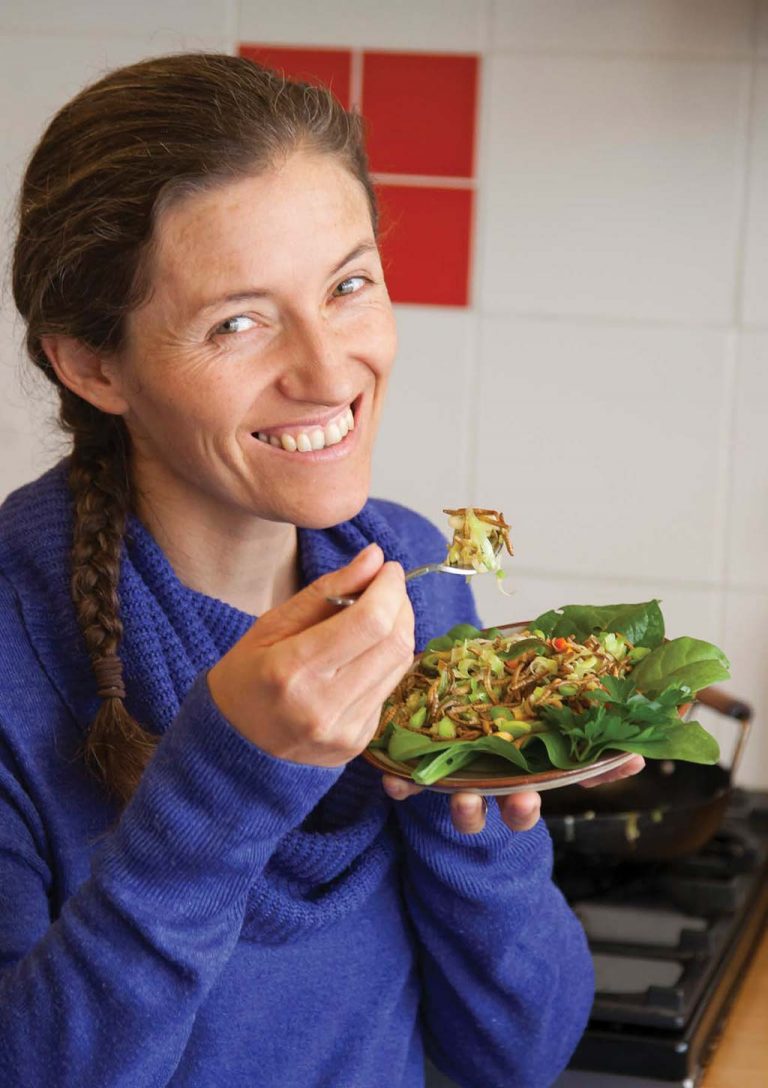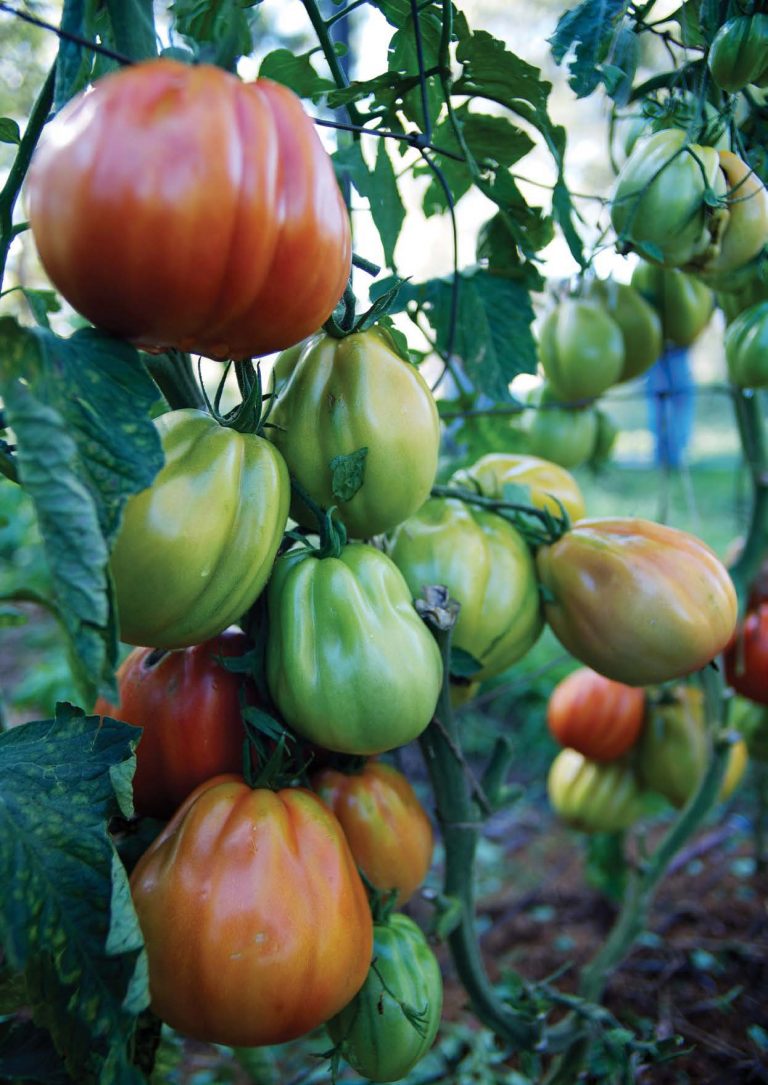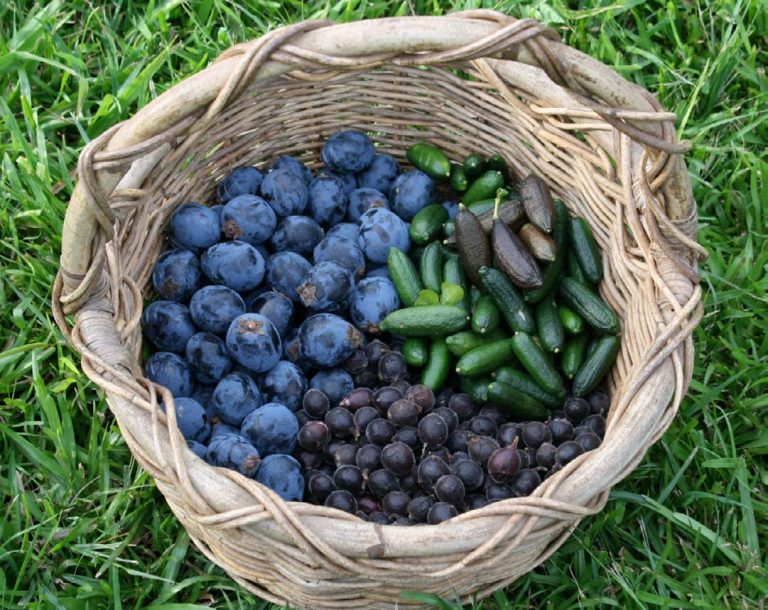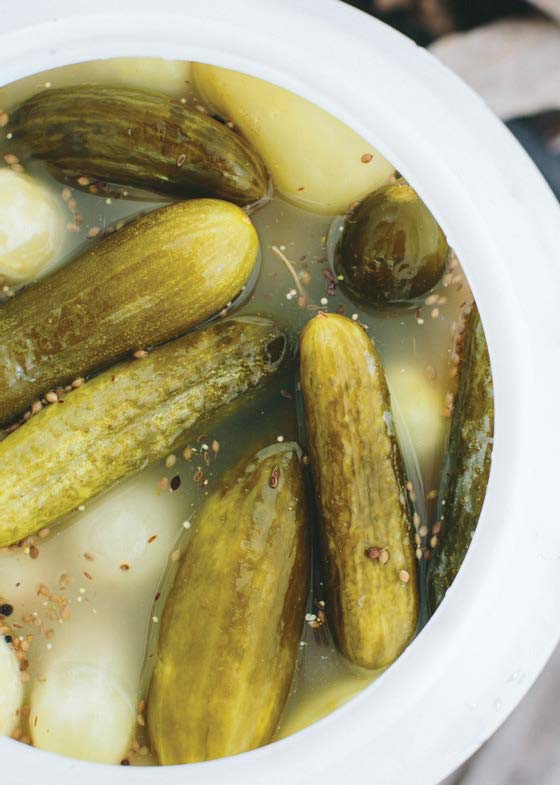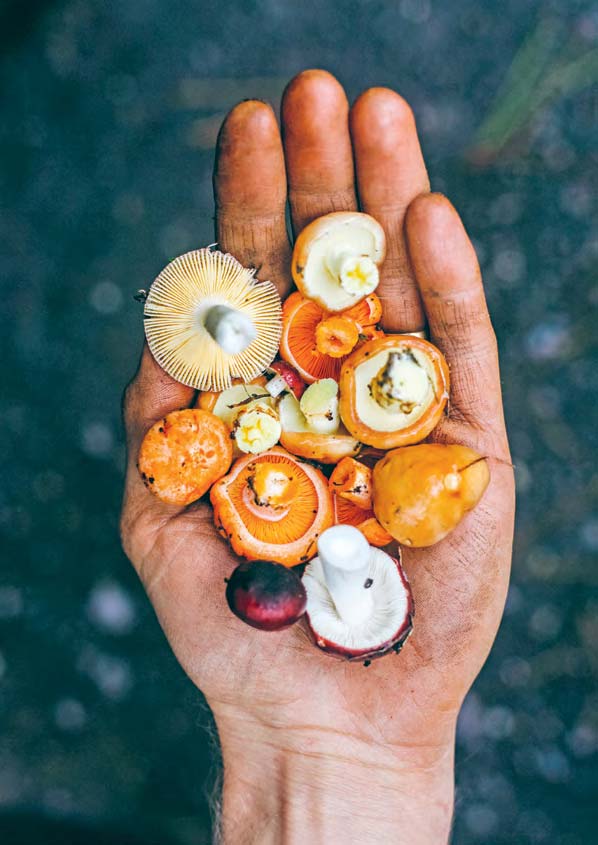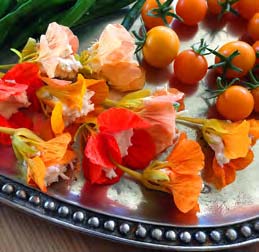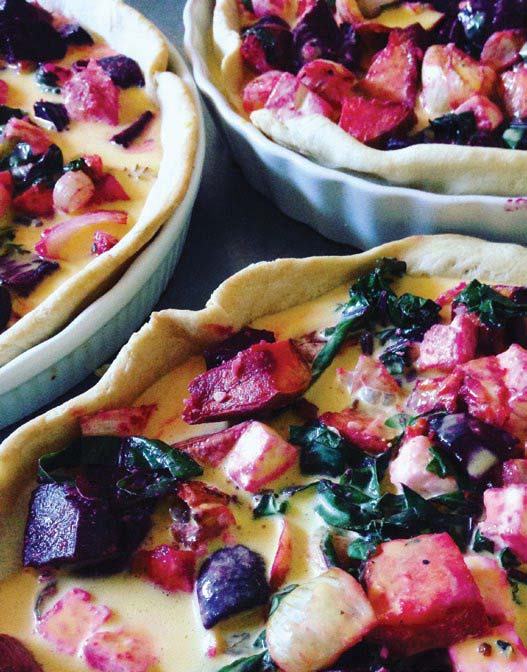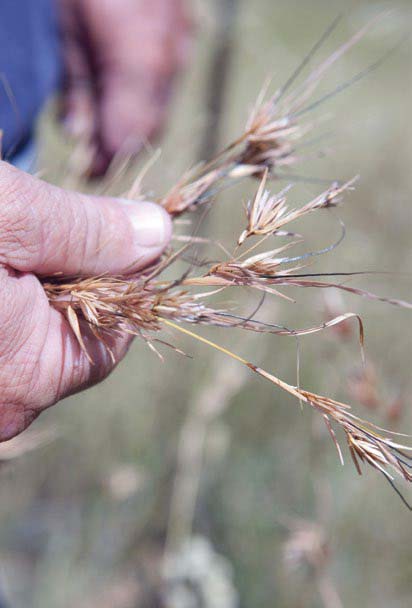Grow Your Own Herbal Teas


There are so many great reasons to grow your own herbal teas. Having a range of herbs on your doorstep, each with varying flavours and health benefits, is the main one. You will also have fresh organic tea available whenever you feel like having a cuppa. By growing your herbs organically, you are avoiding hidden pesticides and herbicides, as well as saving yourself money. And finally you are reducing waste and reducing the environmental footprint involved in bringing tea from a commercial grower to your kitchen.
As long as you have a few different plants growing you will always have a cup of herbal tea available for yourself or when visitors pop by. Here are some of our favourites.

